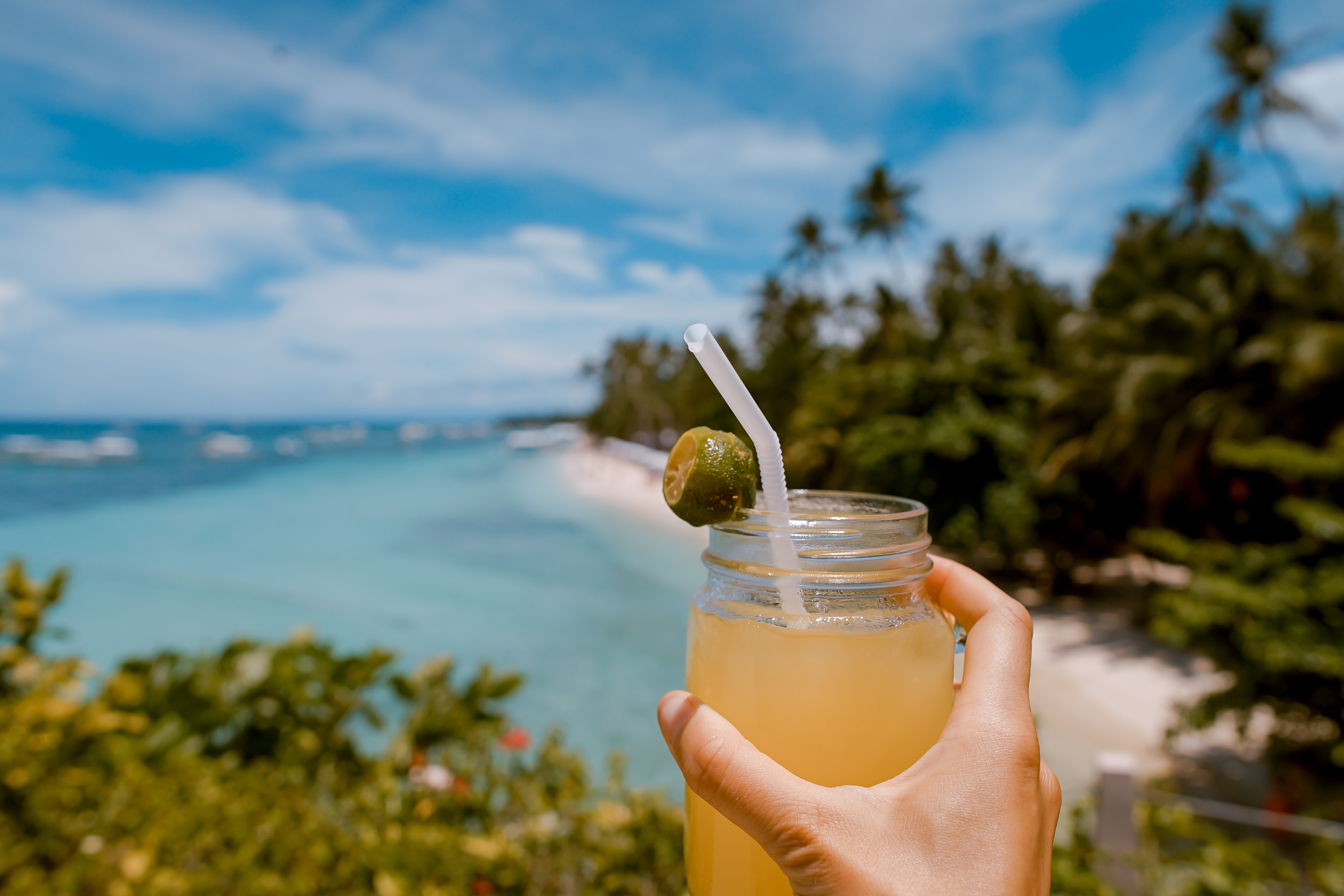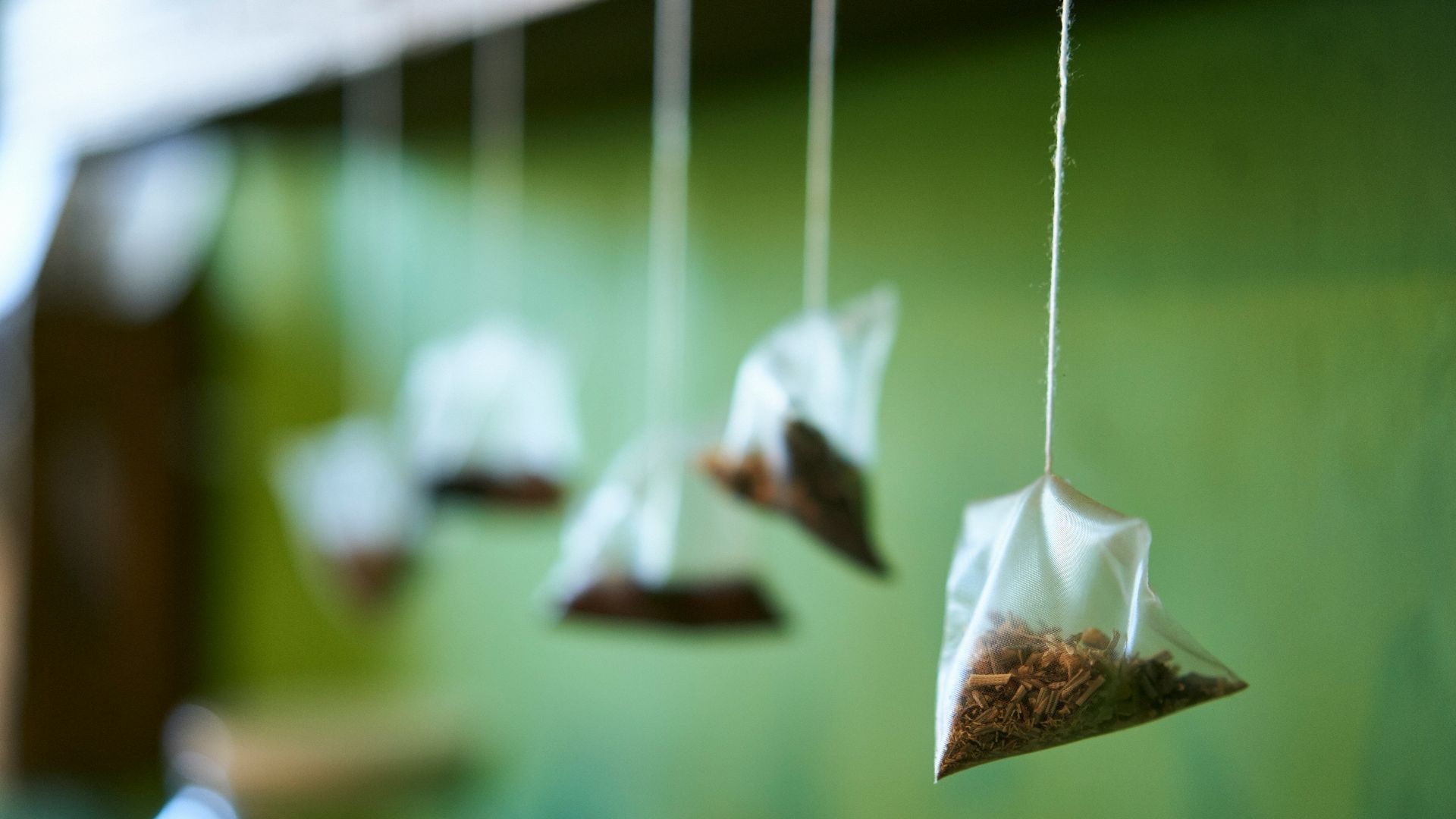 Naja Bertolt Jensen on Unsplash
Naja Bertolt Jensen on Unsplash
There’s a quiet horror in realizing we’re consuming bits of plastic every single day, and there’s really nothing we can do about it. Microplastic fragments are generally defined as pieces of plastic smaller than 5 millimeters, about the size of a sesame seed, although these fragments are often far smaller and remain invisible to the naked eye. They slip past filters and health regulations to arrive in our salt, our fish, as well as our bottled water. The average person may already be eating the equivalent of a credit card’s worth of plastic every week, according to a study from the University of Newcastle.
Sea Salt: The Ocean’s Polluted Condiment
A salt crystal is one of the simplest chemical structures in nature, made from just two elements—sodium and chlorine. Its harvesting today still echoes ancient methods: saltwater left under the sun to evaporate, leaving behind its briny crust. When researchers tested table and sea salt samples from around the world, over 90% contained microplastics. The logic tracks, even if the implication is quite grim. Our oceans are full of plastic debris, and as seawater evaporates, it leaves behind traces of its contaminants. Salt is practically everywhere, from soups to fries to bread, and apparently, grocery bags and bottle caps are secret stowaways in this favorite condiment.
Bottled Water: Impurity in Plastic Wrap
Spring water conjures images of pristine mountain streams flowing through untouched landscapes. Turns out, that bottled water often contains hundreds of plastic particles per liter, according to a Columbia University study. The very thing meant to protect the water—its container—is the source of the contamination. Microplastics shed from the bottle walls, mixing invisibly with the water inside. Tap water has fewer. Ironically, the “purer” and more expensive choice falls short of the humble kitchen faucet.
Fish And Shellfish: Eating What They Eat
Shellfish, like clams and oysters, are natural filter feeders, meaning they draw water in and trap tiny particles inside. When we eat them, we take in what they’ve filtered, as does every other marine creature that feeds upon them. Studies have found microplastics lodged in the guts and gills of fish sold in markets across Europe and Asia. The next time you’re at a seafood restaurant and someone slurps back on an oyster, declaring, “You can taste the ocean,” they might actually be right—just not in the way that they meant it.
Tea Bags and Coffee Pods: Convenience Costs
It’s a cruel twist for those of us who love our morning cuppa that some tea bags, especially the silky, “premium” kind, release billions of plastic particles into a single cup when steeped in boiling water. The same goes for single-use coffee pods. They’re miracles of convenience until you realize you’re brewing more than you bargained for. Maybe that French press we never quite figured out how to use deserves a second chance.
Fruits And Vegetables: From Soil to Cell
It’s easy to assume plastic stays above ground, but sadly, it’s seeping below, too. Fertilizers, irrigation water, and even airborne dust can carry microplastics into the fields where our crops are grown. Researchers have found traces inside lettuce, carrots, and apples. Fruits tend to have worse contamination than vegetables, perhaps due to their deeper root systems.
It's practically impossible to avoid microplastic exposure, but maybe the next time we shake a little salt onto our meal or take a sip from a plastic bottle, we’ll pause to consider the ramifications of our polymer obsession. Or at least long enough to wonder what else we may have inadvertently swallowed.
KEEP ON READING









